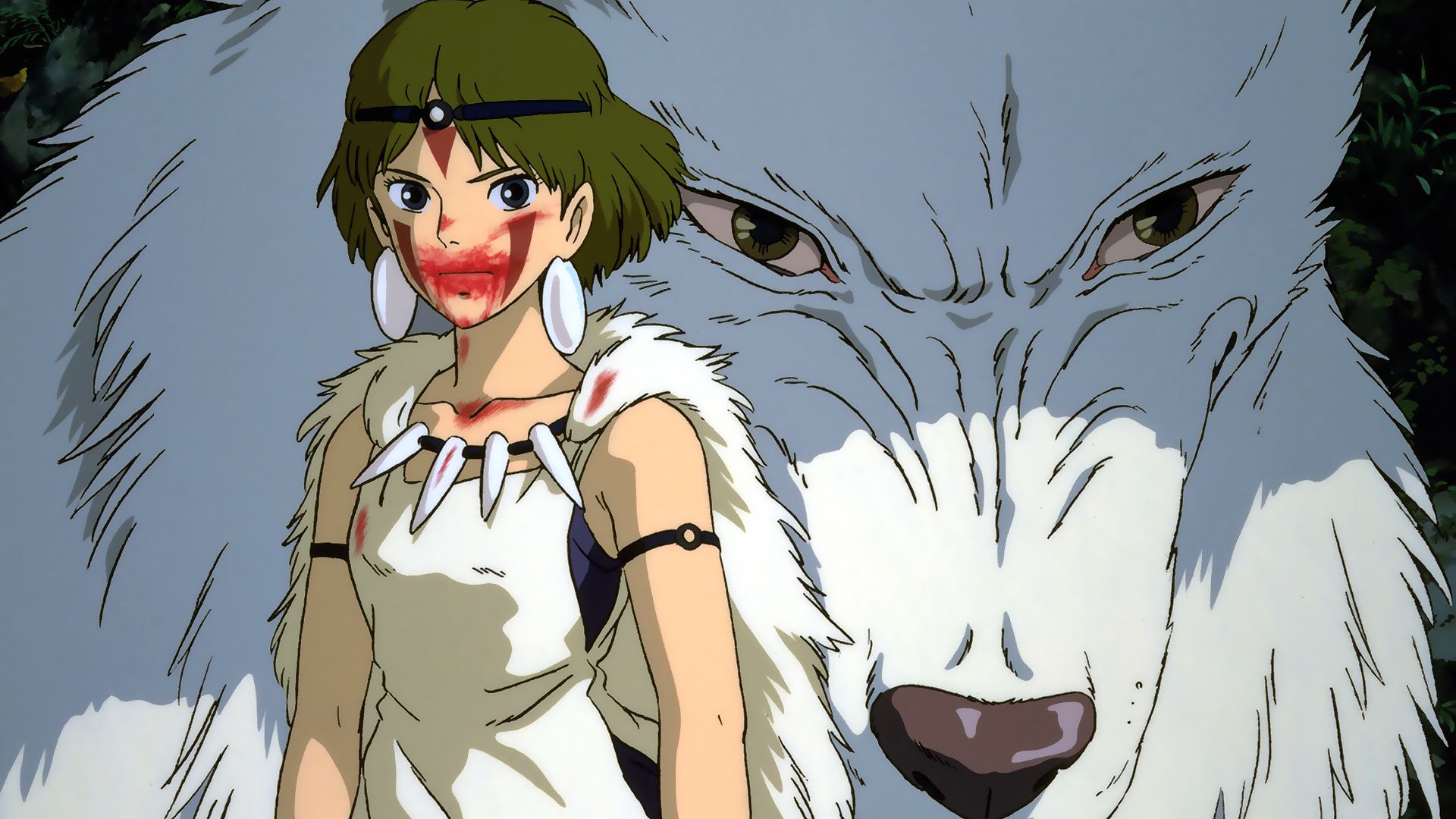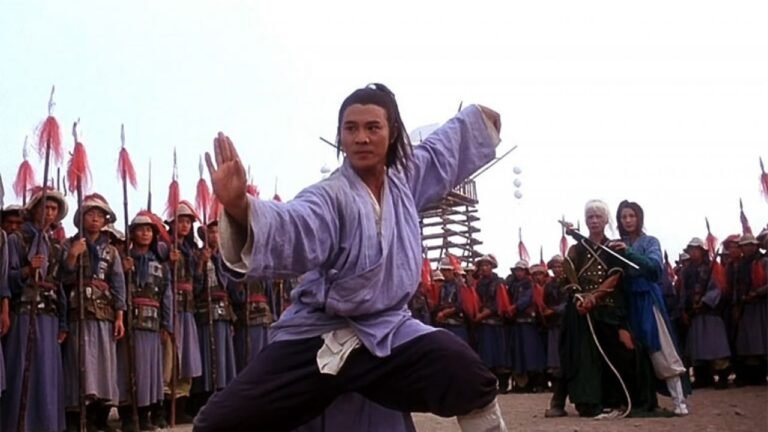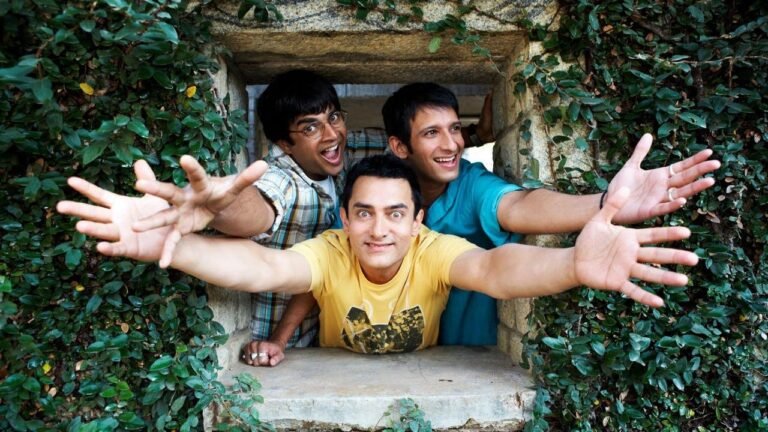
Princess Mononoke, a cinematic masterpiece by visionary director Hayao Miyazaki, immerses audiences in a thought-provoking exploration of environmental degradation. Captivating from its opening scenes, the film goes beyond the boundaries of traditional animation, taking on a profound discourse on mankind’s impact on nature.
In the heart of Japan’s ancient wilderness, “Princess Mononoke” transports viewers into a world of magical forests, formidable gods, and spirited humans. The film delves into the struggle between the industrialized Iron Town and the supernatural guardians of the forest, led by the enigmatic princess, Mononoke. Against a backdrop of heated conflicts and the encroachment of humankind, the narrative unfolds into a compelling saga that includes depictions of bravery, love, and the delicate balance of nature.

The story follows Ashitaka, a young prince who becomes embroiled in the strife between Iron Town and the guardians of the forest after a fateful encounter with a malevolent demon. As he endeavours to understand the source of the conflict, he encounters San, the fiercely independent “Princess Mononoke,” and finds himself caught up in the complex web of animosity and camaraderie enveloping both “societies”. In the midst of this turmoil, the film presents an unforgettable exploration of the primordial, enthralling audiences with its visual grandeur, emotive characters, and rich storytelling.
At its core, “Princess Mononoke” serves as a compelling parable on the ramifications of human intervention in nature. Miyazaki paints a stark depiction of environmental degradation, clearly illuminating the consequences of unchecked industrialization and the desecration of natural sanctuaries. The film symbolizes the sanctity of nature through its mesmerizing portrayal of ancient forests and majestic wildlife, contrasting the destructive impact of unchecked human ambition.

Through its multifaceted characters and vivid allegories, “Princess Mononoke” calls into question humanity’s responsibility in safeguarding the environment. The film presents an unflinching portrayal of the repercussions of human greed and shortsightedness, highlighting the toll exacted on the natural world. By illustrating the complexity of human-nature interactions, the narrative challenges viewers to contemplate their roles as caretakers of the planet and advocates for its preservation.
Miyazaki’s masterwork invites introspection, urging audiences to contemplate the intricate harmony of the Earth and the perils of its exploitation. The film’s message resounds with a compelling call for accountability, underscoring the imperative of nurturing and protecting our ecosystems. The narrative, while rooted in enchanting folklore, holds a mirror to the prevailing challenges of environmental preservation, captivating viewers with its timeless relevance and incisive commentary.

“Princess Mononoke” stands as a poignant, visually enthralling manifesto on the solemn fabric of existence and the rippling effects of human actions on the natural world. In its discourse on environmental degradation, the film emboldens audiences to appraise the profound interconnectedness of all life forms and to champion the sustainable coexistence of mankind and nature. Miyazaki’s opus represents a clarion call for stewardship and respect, encapsulating its timeless relevance in a resonant narrative that continues to inspire reverence for the environment and its inimitable splendor.
As we reflect on the film’s enduring impact, “Princess Mononoke” emerges as a cinematic triumph—a tapestry of ecological insight and thought-provoking elegance that remains an essential spectacle for those intrigued by the profound interplay between humanity and nature.




